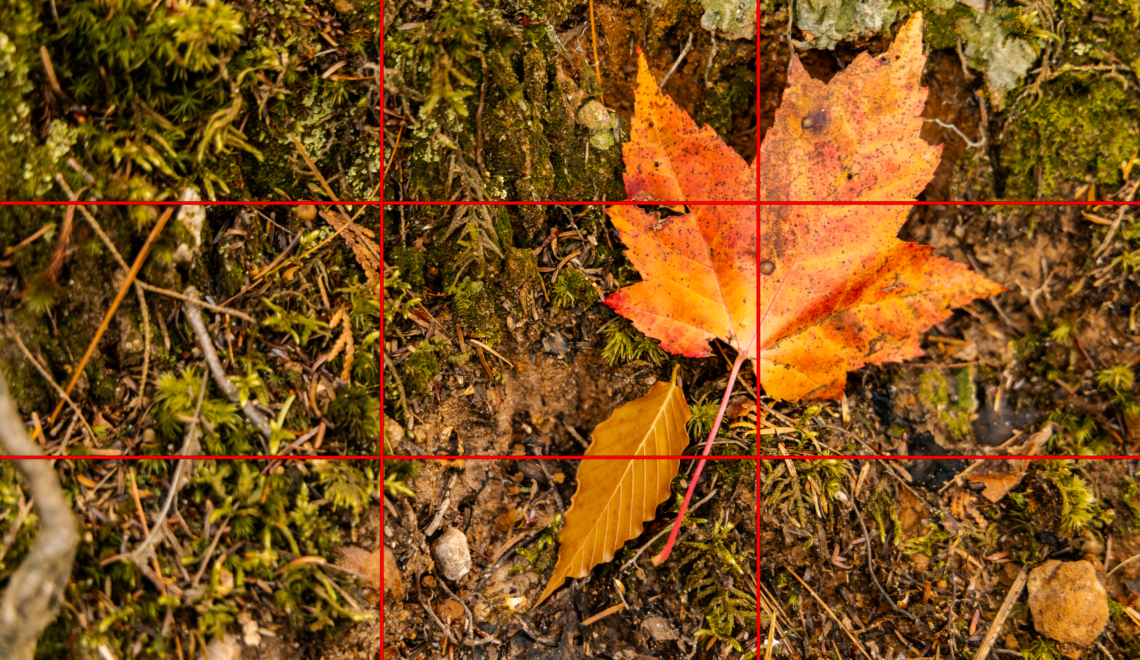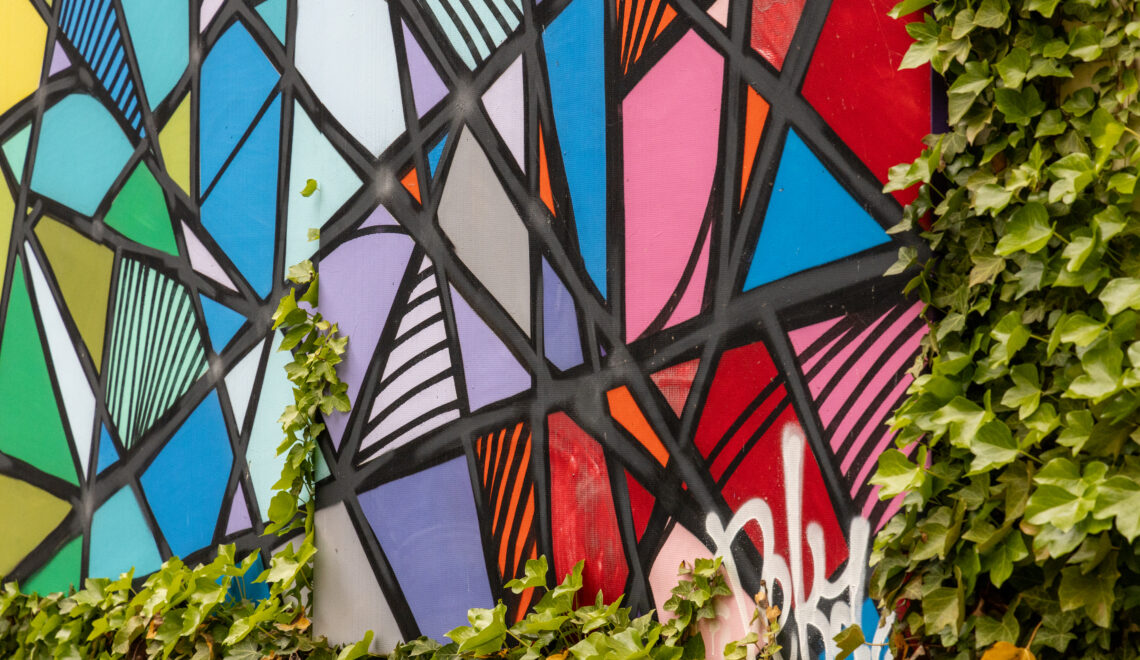
Photography is as much about technique as it is about creativity. Among the various techniques that photographers use to enhance their images, the rule of thirds stands out as one of the most fundamental and effective. Whether you’re a beginner learning the ropes or an experienced photographer looking to refine your skills, understanding the rule of thirds can help you create more balanced, engaging, and visually appealing photos. In this blog post, we’ll explore what the rule of thirds is, how to apply it, and why it’s such a powerful tool in photography.
What is the Rule of Thirds?

The rule of thirds is a compositional guideline that suggests dividing your image into nine equal parts by drawing two equally spaced horizontal lines and two equally spaced vertical lines across the frame. The main idea is to position the most important elements of your scene along these lines or at the points where they intersect. This technique helps create a more dynamic composition, leading the viewer’s eye through the image and highlighting the key areas of interest.
Why Use this Technique?
The rule of thirds works because it aligns with natural human tendencies for viewing images. Our eyes are naturally drawn to the intersections and lines within a scene, so by placing key elements along these lines or intersections, you create a composition that feels balanced and intentional. This method avoids the overly static feeling that can occur when subjects are centered, providing a more interesting and engaging visual experience.
How to Apply the Rule of Thirds in Photography
- Turn on the Grid: Most cameras and smartphones have a grid overlay feature that divides your screen into nine sections. This grid is a visual representation of the rule of thirds, making it easier to compose your shot according to this principle.
- Position Key Elements: Place your main subject along one of the vertical or horizontal lines, or at one of the four intersections. For example, if you’re photographing a person, try placing their eyes near one of the upper intersections. If you’re capturing a landscape, consider positioning the horizon along the top or bottom third of the frame.
- Balance Your Composition: While positioning your main subject according to the rule of thirds, also consider the balance of your composition. For instance, if your main subject is placed on the left third of the frame, try to include an element on the right third to balance the image.
- Experiment and Adapt: The rule of thirds is a guideline, not a strict rule. Don’t be afraid to experiment by moving your subject slightly off the grid or even centering it when the composition calls for it. Understanding when to break the rule is just as important as knowing when to use it.
Examples of the Rule of Thirds in Action
- Portrait Photography: When photographing a person, placing their eyes at one of the upper intersections can create a powerful, intimate composition. This placement draws the viewer’s attention directly to the subject’s face, emphasizing their expression and emotion.
- Landscape Photography: In landscape photography, the rule of thirds can be used to create a sense of depth and scale. By placing the horizon along the upper or lower third, you can decide whether to emphasize the sky or the foreground, depending on what is more visually compelling.
- Street Photography: For street photography, positioning a subject off-center can add a sense of movement and context. For example, placing a person walking along a street on one side of the frame can lead the viewer’s eye across the scene, telling a more complete story.
Breaking the Rule of Thirds

While the rule of thirds is a powerful tool, it’s not the only way to compose an image. Some of the most striking photographs break this rule deliberately. Centering your subject can create a sense of symmetry and formality, while completely ignoring the grid can lead to a more abstract and creative composition. The key is to learn the rule, use it effectively, and then explore when and how breaking it can add to your visual storytelling.
Conclusion
The rule of thirds is a fundamental concept in photography that helps create balanced and engaging compositions. By positioning key elements along the grid lines or intersections, you can draw the viewer’s eye to the most important parts of your image, creating a more dynamic and interesting visual experience. Whether you’re shooting portraits, landscapes, or street scenes, understanding and applying the rule of thirds will enhance your photographic skills and the overall impact of your images. Remember, the best photographers know the rules—and when to break them. Happy shooting!
Check out more photography post here.




